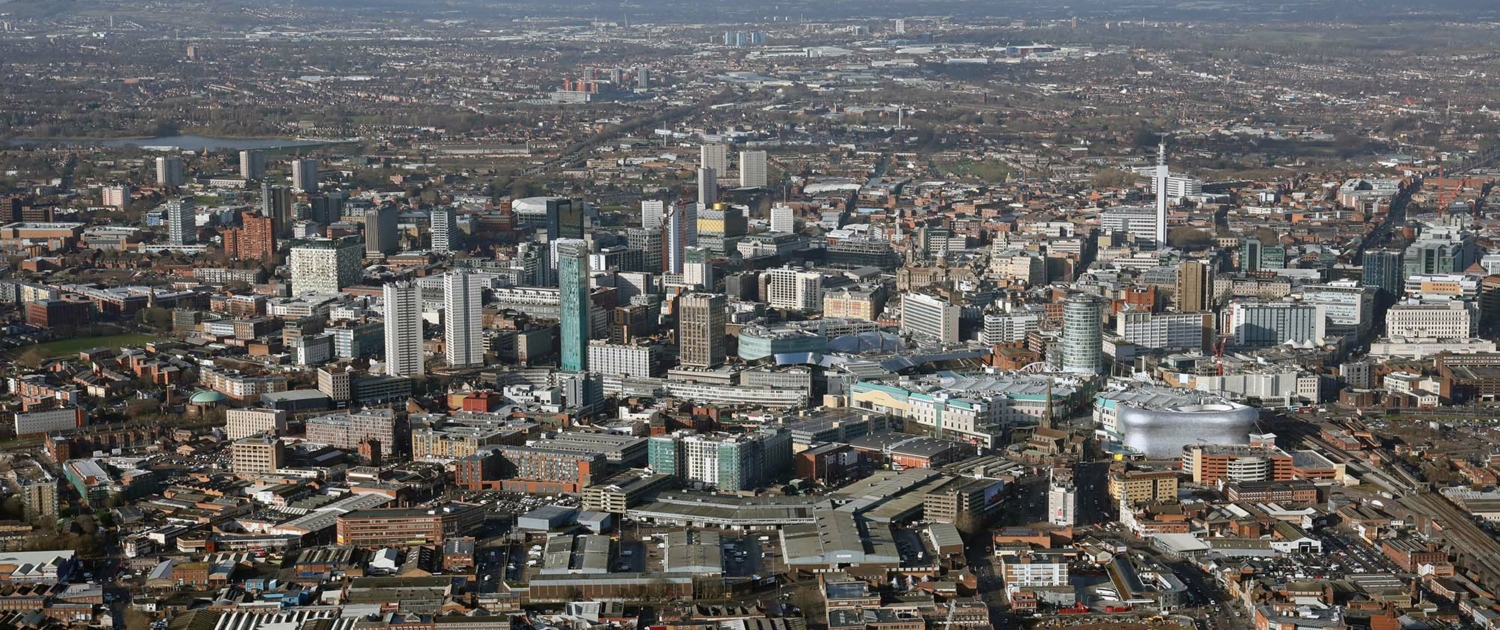Home > Geotopics > Birmingham > How has Birmingham been regenerated and rebranded, and what have been the impacts?
How has Birmingham been regenerated and rebranded, and what have been the impacts?
Regeneration in Birmingham
The former location of the MG Rover car factory in Longbridge serves as a prime example of a Birmingham regeneration initiative. At its peak in the 1960s, the factory employed more than 25,000 individuals. However, dwindling sales and overseas competition ultimately led to the company’s sale to SAIC Motor Corporation, a Chinese firm, in 2005. This transition resulted in a large brownfield site, a portion of which has been revitalised through a €1 billion scheme. A notable aspect of this project is the construction of a £70 million town centre in Longbridge, including a new supermarket.
The project now encompasses over 15,000 square meters of retail space and new apartments that offer views of a newly built 8-square-kilometre park. Around 200,000 residents live within a 10-minute drive of the development, and Bournville College, with its student population of 15,000, has relocated to a new site within the development.
Rebranding – Eastside Birmingham
Once a thriving hub of factories and workshops during the Industrial Revolution, Eastside in Birmingham was serviced by a section of the canal network, particularly the Digbeth Branch Canal. However, as the industrial activity diminished, the area fell into decay. Many of the original factory buildings were abandoned, and the canals became polluted and congested.
The regeneration and rebranding of the area commenced in 2002 with the construction of Millennium Point, which replaced the old Science Museum. The site, previously marred by derelict or demolished 19th-century factories, car parks, and outdated railway stations, saw buildings and roads from the 1970s removed to make way for redevelopment. The area is currently undergoing substantial changes estimated to cost between £6-8 billion and is expected to create around 12,000 permanent jobs and another 8,000 temporary jobs during the construction phase.
The rebranding process aims to transform the negative perception of the area with a focus on the following:
- Establishing an educational hub based around Aston University and Matthew Bolton College.
- Creating the Eastside City Park.
- Developing Curzon Park, centred on the old railway station.
- Constructing City Park Gate, an apartment development.
- Providing student accommodation along the Eastside Locks.
Through these initiatives, the objective is to revitalise this crucial inner-city region. The anticipated positive impacts of the Eastside transformation include:
- An enhanced urban environment.
- More housing opportunities.
- Employment during the construction of new homes.
- New job opportunities in project construction.
- An improved image of both the area and Birmingham as a whole.
However, potential negative effects of the Eastside rebranding could include:
- Escalating property prices, making it unaffordable for local residents.
- Increased traffic congestion.
- An oversupply of office space resulted in vacant office blocks.
- The need for substantial new infrastructure, such as roads, schools, and healthcare facilities.
Related Topics
Use the images below to explore related GeoTopics.



